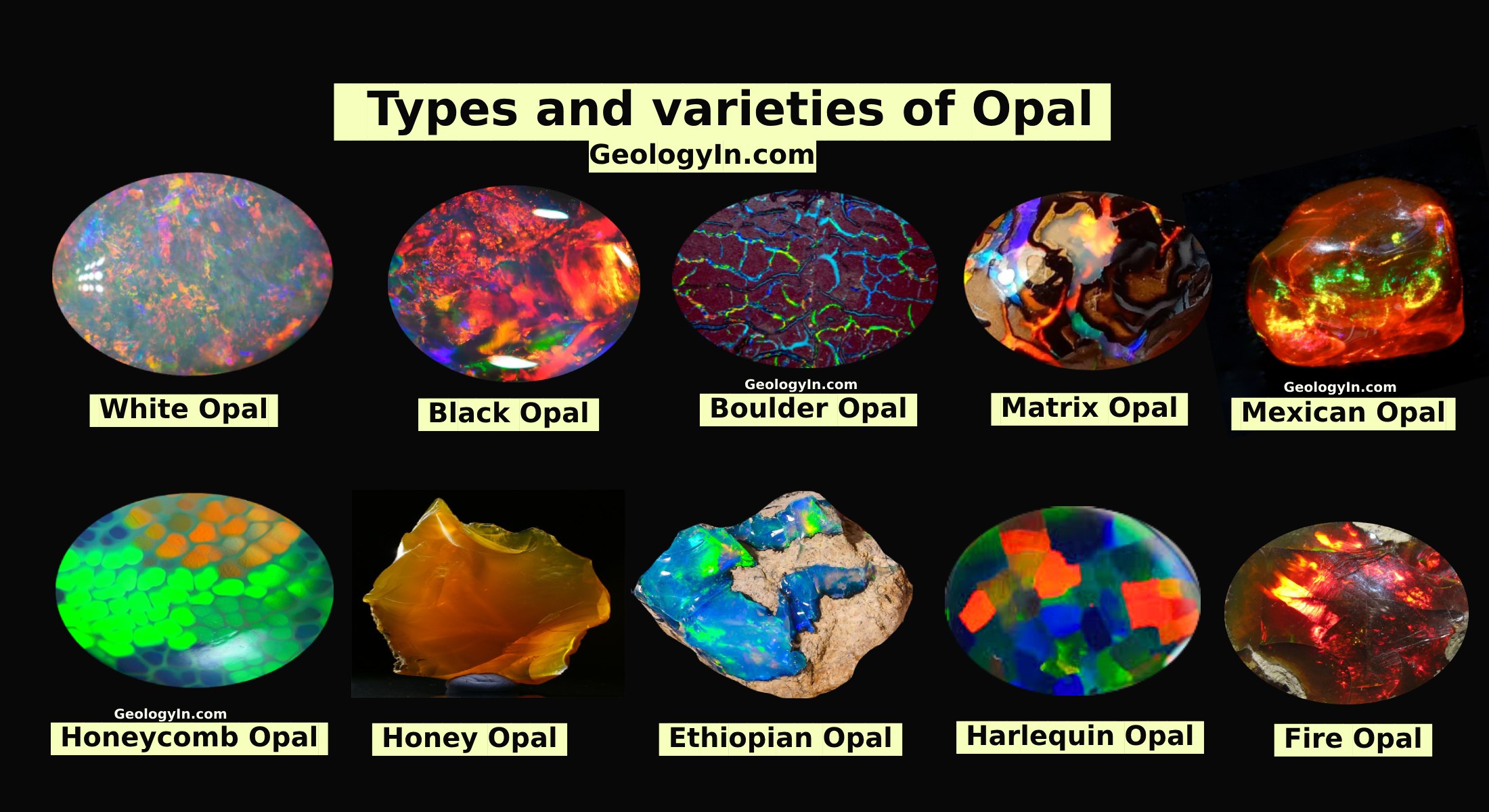Epithermal Gold Deposits
Epithermal systems are fascinating geological areas where hot, acidic hydrothermal fluids circulate near the Earth's surface. These fluids can dissolve and transport valuable minerals, leading to the formation of ore deposits, including gold, silver, and copper.
The association of gold mineralization with volcanic and geothermal hot spring activity has long been recognized by prospectors and geologists. We now know that this association is a consequence of the hot magmas which not only produce volcanic eruptions and volcanic rocks but also are the source of the hot fluids that transport gold and other metals and may in fact be the source of gold itself.
Fluids emanating from a molten magma are extremely hot and under high pressure deep below the surface. As these fluids rise, they mix with surface waters and change the composition of the rocks with which they come into contact. This process is known as alteration.
 |
| Epithermal Gold Deposits |
Eventually the fluids breach the surface and form either acidic lakes known as fumaroles common in the craters of volcanoes or dilute, neutral hot springs like those at Yellowstone or the Geysers in California.
These two different surface manifestations – acidic lakes or neutral hot springs – reflect two different fluid types that each result from the two different paths taken by the magma as it rises to the surface. Both form gold deposits and are known respectively as low- and high-sulphidation gold deposits.
In both subtypes gold will largely be precipitated from 2.5 kilometers depth to surface.
Recognizing that gold precipitates near the surface in these systems, the great American geologist Waldemar Lindgren coined the term epithermal in 1933, epi meaning shallow and thermal referring to the heated fluid.
While this discussion deals with high-sulphidation epithermal systems, it is worth mentioning that low-sulphidation systems also form economic gold deposits although they develop under vastly different chemical conditions.
Types of Epithermal Systems
There are two main types of epithermal systems, classified based on the temperature and acidity of the hydrothermal fluids:
High-sulfidation: These systems are characterized by hot, acidic fluids and typically form gold-copper deposits. They often have a distinctive "acid-sulfate alteration" signature on the surrounding rocks.
Low-sulfidation: These systems have cooler, less acidic fluids and typically form gold-silver or silver-lead-zinc deposits. They often have a "clay alteration" signature on the surrounding rocks.
Epithermal Systems Key Features
Low temperature and pressure: Compared to other hydrothermal systems, epithermal systems form at relatively low temperatures (less than 350°C) and pressures (less than 500 bars).
Acidic or neutral fluids: The fluids can be acidic, neutral, or even slightly alkaline depending on the source and rock interactions.
Diverse mineral deposits: The type of mineral deposit formed depends on the composition of the fluids and the host rocks. Some common types include:
- Gold-silver: These are often associated with high-sulfidation epithermal systems.
- Copper-zinc-lead: These are more common in low-sulfidation epithermal systems.
- Mercury-antimony: These are often found in intermediate-sulfidation epithermal systems.
Epithermal Systems Importance
Epithermal systems are important for several reasons:
- They are a major source of valuable mineral deposits, contributing significantly to the global mining industry.
- They provide valuable insights into the Earth's internal processes, including the movement of fluids and heat.
- They can be associated with geothermal energy potential.


%20(1).webp)



.jpg)

